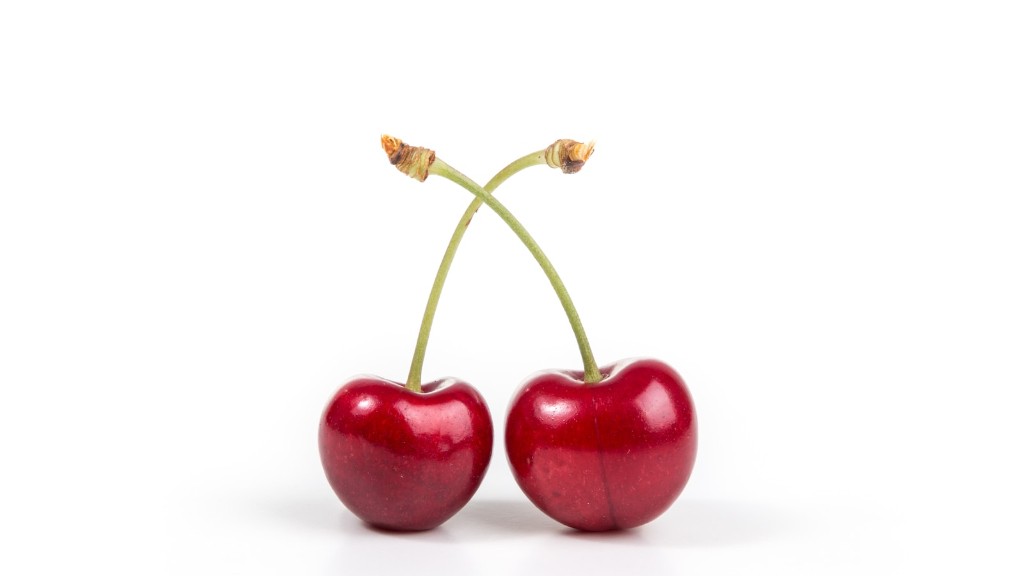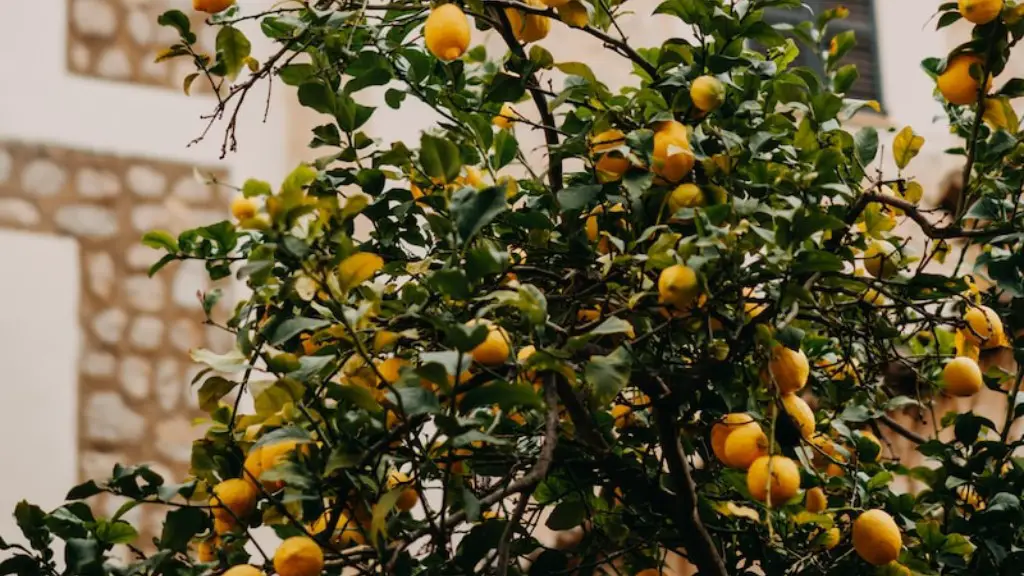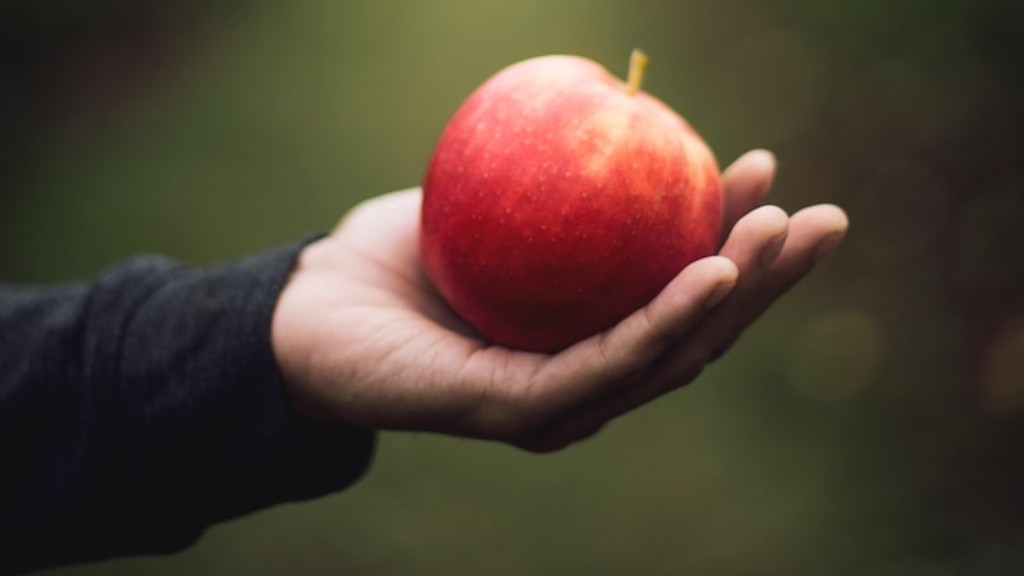What Causes a Cherry Tree to Die?
Dying cherry trees are a tragic sight but they don’t have to be that way. By being aware of the underlying causes of cherries trees dying, it can be prevented.
The most common cause of a cherry tree dying is a fungal disease known as “black knot”. This infection causes spots to appear on the branches of the tree, eventually girdling and killing it. Fungal diseases can also affect the roots of a tree, preventing healthy growth and nutrients from reaching the tree. Additionally, old age can cause a cherry tree to die as the tree’s age and can no longer support itself.
Pests, such as aphids, scale insects, and borers, can also greatly damage a cherry tree. aphids—often small, winged green insects that cause sap to be secreted from the tree—can weaken the structure of a cherry tree, as can borers, which attack the cambium layer of the tree and can cause a girdling effect. Scale insects also feed on the sap of a tree, weakening it and reducing its ability to produce fruits. Additionally, inadequate pruning, insufficient nutrients, and drainage issues can all contribute to a cherry tree’s demise.
Steps for Saving a Cherry Tree
Fortunately, there are steps you can take to help save a cherry tree from dying. The first step is to keep the tree well watered. Watering the cherry tree regularly—for at least two or three times a week—will ensure that the tree is getting enough nutrients to remain healthy.
Check on the overall health of the tree. Inspect the tree for any signs of disease, such as black knot or other fungal diseases. Remove any dead or damaged branches, which can help slow the spread of any diseases. Additionally, prune any branches growing abnormally or too close together. If you notice any pests, treat the tree with an appropriate pesticide.
Fertilizing a tree can give it the nutrients it needs. Choose a fertilizer specifically formulated for cherry trees. Additionally, adding a layer of mulch can protect the tree’s roots from drying out in the sun.
Checking Soil Drainage
Soil drainage should also be taken into consideration. Poor drainage can cause the roots of a tree to become waterlogged, preventing them from receiving adequate oxygen. This can lead to root rot, which can kill the tree. The best way to check soil drainage is to dig a deep hole and fill it with water. If the water does not drain away within 24 hours, the soil may need to be amended with drainage material.
Professional Tree Care Services
If the tree is too far gone for these steps to be taken, professional tree care services may be needed. Some common services provided by such companies include soil testing, injecting the tree with nutrients, and treating any diseases or pests in the tree. Additionally, they may be able to provide tips on how to prevent tree diseases in the future.
Homemade Tree Care Remedies
There are also some homemade remedies that can help protect trees and prevent them from dying. Creating a “tea” from common items such as crushed eggshells, chamomile tea bags, and baking soda can help with soil drainage and prevent fungal diseases. Additionally, using a mixture of oil and soap can help prevent pests from attacking the tree.
Maintenance and Prevention
Finally, proper maintenance and prevention are key to saving a cherry tree from dying. Inspecting the tree regularly and responding quickly to any signs of distress can help prevent serious damage and death. Additionally, keeping the tree well-watered and fertilized, as well as adding mulch to the surrounding soil, can help keep the tree in good health. With the right steps taken, a cherry tree can live happily for many years to come.
Investigating the Soil Quality
Most trees will thrive in soil that has been amended and enriched to promote fertility. However, the composition of the soil is critical for a tree’s success. To test the soil’s composition, it is important to dig in and around the tree’s roots in order to examine existing nutrients. Secondly, a soil test for pH and mineral content should be performed. A soil sample should also be taken to the local county extension office for analysis.
Once the soil is tested, there are several treatments that can be used to amend the soil and increase the fertility of the soil. Adding compost can increase the organic matter in the soil and improve the nutrient content. Additionally, adding lime improves the soil pH and adds calcium, thereby allowing cherry trees to absorb essential nutrients more efficiently.
Identifying Environmental Stressors
Environmental stressors should also be identified. This includes examining the levels of sunlight and wind received by the tree. Young cherry trees need significant amounts of sunlight, while older trees don’t need as much. Excessive wind levels can also have a deleterious effect on a cherry tree’s health. Inspecting the surrounding areas for any sources of pollution can also help to identify any environmental stressors.
Root Disease Treatment
If the tree is suffering from root disease such as root rot, there may be treatments that can help protect and heal the tree. These treatments range from using organic fungicides to introducing beneficial microorganisms. Additionally, physical treatments such as aerating the soil or replacing the soil with fresh soil may help promote healthy root growth.
In conclusion, it is possible to save a cherry tree from dying by being aware of the underlying causes and taking the necessary steps to protect it. With adequate treatment, regular maintenance, and preventative measures, most cherry trees can be saved.


